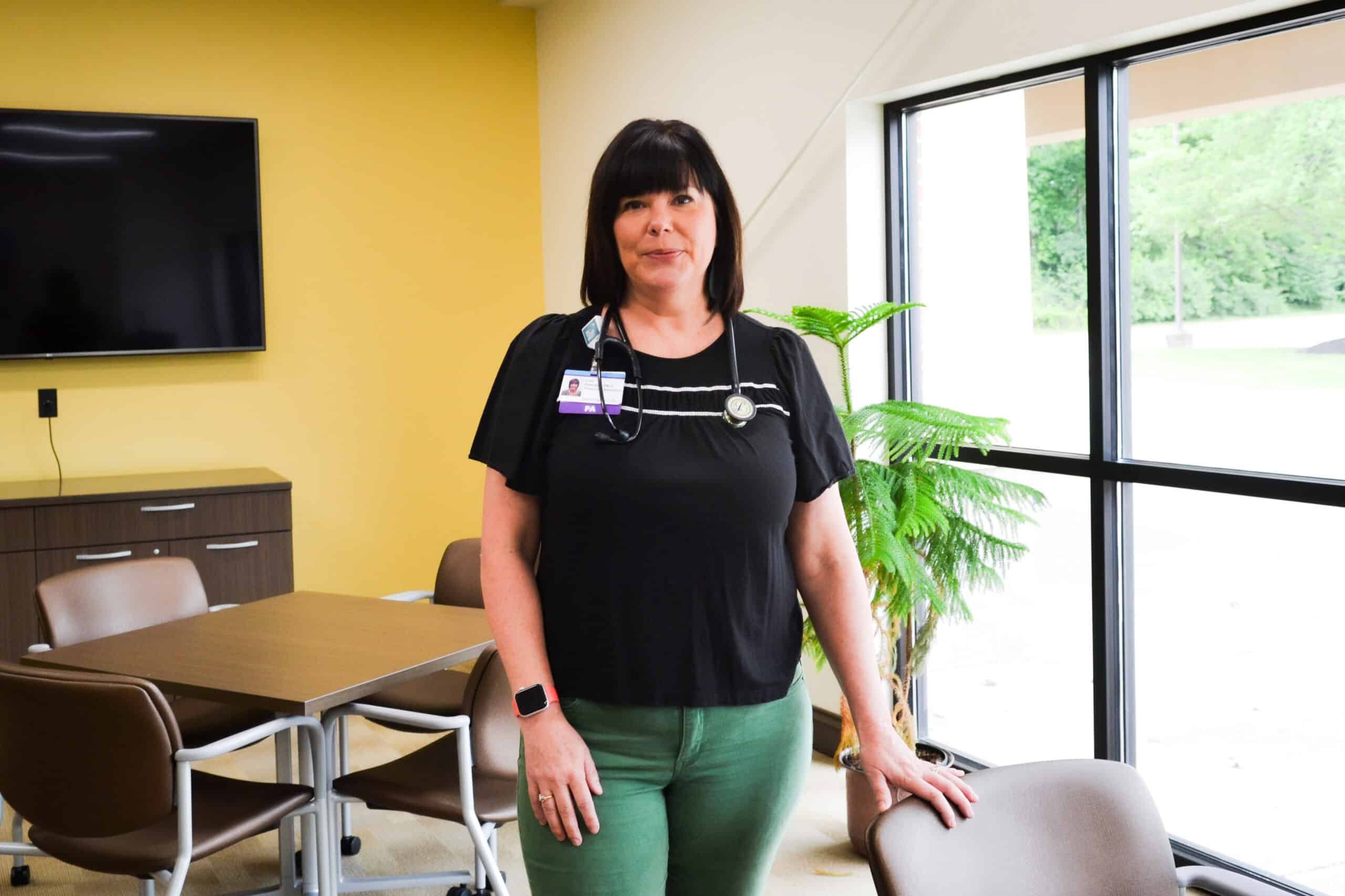Seniors
Want to learn more about this at Kettering Health?
At a Glance
Q: What is muscle atrophy and how can you prevent it?
A: Muscle atrophy is the loss of muscle mass, often from aging or inactivity. Regular exercise and a high-protein diet can slow or reverse it.
- Age-related muscle loss is called sarcopenia.
- Aim for 25–40 grams of protein per meal.
- Combine aerobic, resistance, and balance exercises.
A decrease in muscle mass can be common as you age. Although not typically painful, muscle atrophy can lead to numbness and weakness.
Muscle atrophy can make daily activities challenging, even dangerous, for seniors. Lori Zwickel, a physician assistant at Kettering Health Years Ahead, shares the best ways to maintain your muscle mass as you age.
What is muscle atrophy?
Muscle atrophy is the thinning or loss of muscle mass, usually from a lack of muscle use. It can occur due to malnourishment, genetic disorders, consistent sitting, being bedridden, or natural aging. According to Zwickel, you can lose 8% of your muscle mass each decade beginning in your 40s.
Age-related muscle atrophy, called sarcopenia, is a common condition among people over 65 years old. It is usually connected to weakness, slower movement, and loss of balance—all leading to a greater risk of falls and fractures.
“This can make living independently much more difficult,” Zwickel says.
What can you do?
Although a small amount of natural muscle loss will inevitably occur with age, it can be slowed and sometimes even reversed. With regular exercise and a high-protein diet of 25 to 40 grams per meal, you can help your muscles maintain their mass.
“Keeping your muscles active is important with a combination of aerobic exercise, resistance training, and balance training,” Zwickel says.
Zwickel recommends moderate-intensity exercises that increase your heart rate and breathing such as
- Taking a brisk walk
- Swimming laps
- Water aerobics
- Jumping rope
- Walking stairs
- Biking
Any little bit helps
For people who are unable to do intense exercise due to pre-existing conditions, Zwickel says any amount of movement can help. She recommends less intensive exercises like chair yoga, water aerobics, resistance band workouts, dumbbell strength training, or even just daily walks.
Seniors living independently are also encouraged to exercise in a safe way. Simple exercises like practicing getting off the floor by yourself can improve flexibility, balance, coordination, and muscle power.
“It may sound silly,” Zwickel says, “but it is a lot harder to do than what you think.”
No matter your situation, any amount of exercise is better than no exercise.
“It is not too late,” she says. “I encourage any patient that has barriers to regular exercise to just keep moving. Any little bit helps.”










